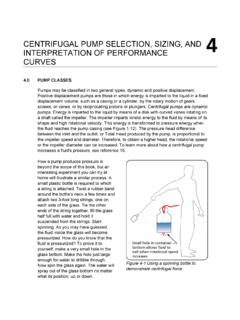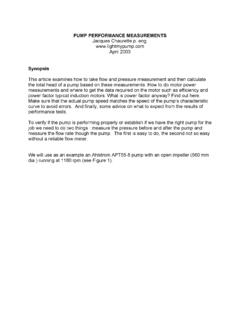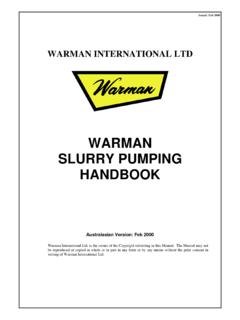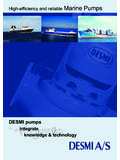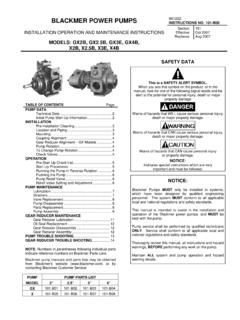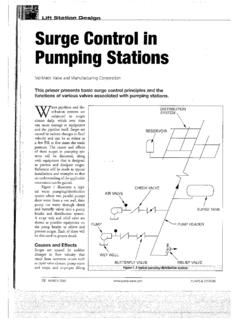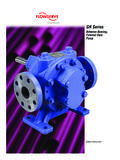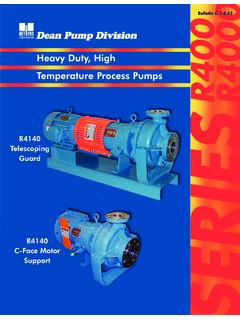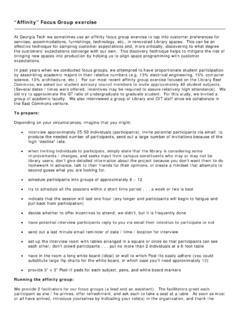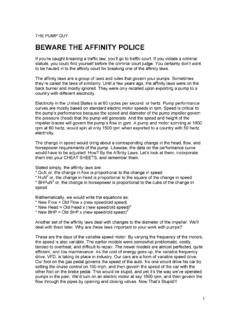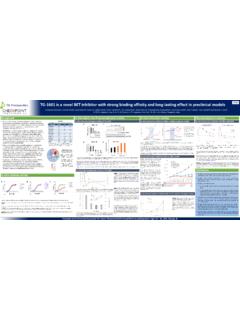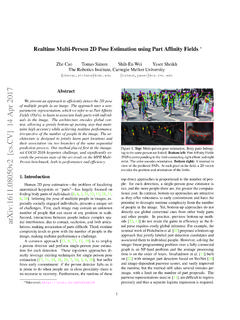Transcription of affinity laws - pumpfundamentals.com
1 5764, Monkland avenue, Suite 311, Montreal, Quebec, Canada H4A 1E9 Tel: (7867) Fax: E-mail: Web site : affinity laws The affinity laws are derived from a dimensionless analysis of three important parameters that describe pump performance: flow, total head and power (ref: The Pump Handbook by McGraw-Hill, chapter 2). The analysis is based on the reduced impeller being geometrically similar and operated at dynamically similar conditions or equal specific speed. If that is the case then the affinity laws can be used to predict the performance of the pump at different diameters for the same speed or different speed for the same diameter. Since in practice impellers of different diameters are not geometrically identical, the author's of the section called Performance Parameters in the Pump Handbook recommend to limit the use of this technique to a change of impeller diameter no greater than 10 to 20%.
2 In order to avoid over cutting the impeller, it is recommended that the trimming be done in steps with careful measurement of the results. At each step compare your predicted performance with the measured one and adjust as necessary. The affinity laws were developed using the law of similitudes which provide 3 basic relationships. Flow vs. diameter and speed KnDQ=3 or 32312121 DDnnQQ= Total Head vs. diameter and speed KDnHg=22 or 2221222121 DDnnHH= Power vs. diameter and speed KDngP=53 or 5251323121 DDnnPP= where subscripts 1 and 2 denote the value before and after the change. P is the power, n the speed, D the impeller diameter, H the total head. If the speed is fixed the affinity laws become: 323121 DDQQ= 222121 DDHH= 525121 DDPP= If the diameter is fixed the affinity laws become: 2121nnQQ= 222121nnHH= 323121nnPP= The process of arriving at the affinity laws assumes that the two operating points that are being compared are at the same efficiency.
3 The relationship between two operating points, say 1 and 2, depends on the shape of the system curve (see Figure 4-20). The points that lie on system curve A will all be approximately at the same efficiency. Whereas the points that lie on system curve B are not. The affinity laws do not apply to points that belong to system curve B. System curve B describes a system with a relatively high static head vs. system curve A which has a low static head. Figure 4-20 Limitation on the use of the affinity laws .
